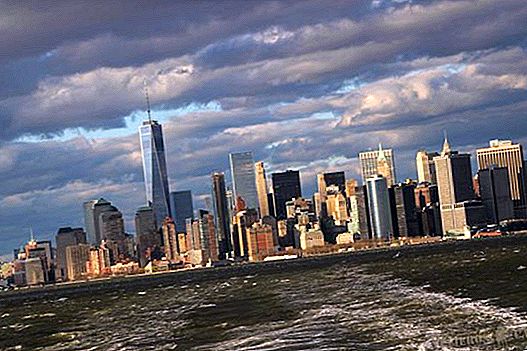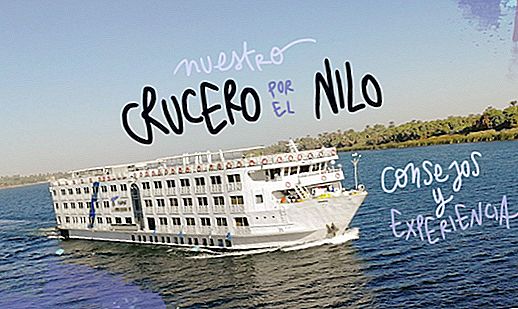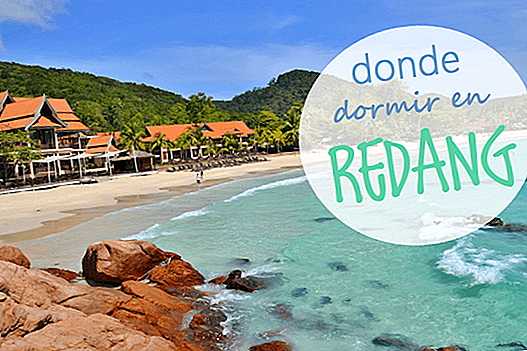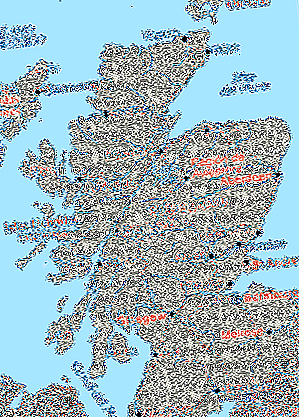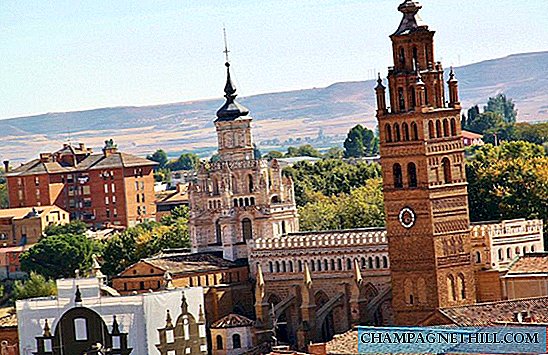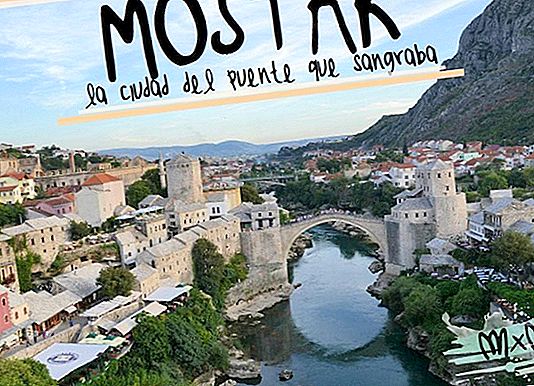In this post we tell you everything to see and do in Mostar, one of the most beautiful cities (and with the saddest history) in Bosnia.
The arrival in Bosnia was quite strange: we were welcomed by tobacco fields, vineyards and flags of Serbia. We still didn't know but we were in the Srpska Republic, one of the two entities that make up Bosnia and Herzegovina. The feeling was strange but we still had the worst: little by little, km by km, we began to run into broken houses, without roofs, with bullets in the walls. Witnesses of a war too recent wishing to forget it forever. The first destination of our trip in Bosnia and Herzegovina, Show, suffered all the madness of this war.

THE MOSTAR BRIDGE HISTORY
The history of Mostar is the history of its bridge (stari most = old bridge) that for centuries united the Muslim (Bosnian) and Catholic (Croatian Bosnian) life of the city.
When the Bosnian war broke out, the inhabitants of Mostar, mostly Muslim Bosnians and Croatian Bosnians, joined forces to fight Bosnian Serbs (of Orthodox religion) who supported the idea of a Great Serbia, recalling the power of Yugoslavia united. They achieved their objective and the Bosnian Serbs were expelled from Mostar. It was then that something unexpected happened: Croatian Bosnians and Muslim Bosnians, who had lived together in peace for centuries and fought hand in hand, began a civil war to gain supremacy in the city.
The stari most, the bridge that was an unequivocal symbol of peaceful coexistence and harmony between East and West for hundreds of years, was bombed by the Croatian militia (HVO) at 10.15 on November 9, 1993.

The witnesses of the bombing count how the Neretva River, one of the coldest in Europe, began to bleed: its green waters were dyed red and there were those who said that God Himself was punishing the people of Bosnia. This blood, obviously, had a scientific explanation: among the components of the stones of the bridge there was a mineral that when coming into contact with water caused this effect. But the image of a river that cries with blood the self-destruction of its people seems apocalytically correct.

That morning the Neretva River was not only hit by tons of rock and stone that guarded the city since 1566, with the bridge collapsed the hopes of a peace that was increasingly distant. The river seemed to scream that the only difference that mattered was not the label 'Muslims' or 'Catholics', but that of 'alive' or 'dead'. But no one paid attention to his warning, the war continued its course ending thousands of lives and today the memory of that 'scream' has resulted in the immense cross that dominates Mount Hum, just outside the city.

SHOW TODAY
It has been 20 years and today Mostar is a very tourist city, beautiful to rage. Its bridge has been rebuilt with the same stones rescued from the bottom of the river and the artillery strikes have been replaced by the clicks of the cameras.


The city center is an authentic jewel, with its mosques, its craft shops, its quiet streets and its emblem: the bridge. From its 24 meters you get wonderful views, although some youngsters (and not so much) use this height to jump into the cold river, though, once in the hat a figure is reached for which they are willing to play life. Some crazy!



However, it is enough to leave the central streets to find a city full of scars. Its walls riddled, the facades of the buildings shot, the roofs shattered, the buildings abandoned, are those who suffer in silence the wounds of war. And they are there, a few meters from the tourists who eat cevapi and drink beer taking selfies in front of a bridge that looks like a stone rainbow. Buildings are rebuilt, but what about people?



EXCURSIONS FROM MOSTAR: BLAGAJ AND POCITELJ
Near Mostar there are two villages that are worth a visit: we talk about Blagajwith his dervish monastery (where we also met two new friends: the Fatimas) and Pocitelj, old town where the caravans that traveled between east and west stopped. Soon we will talk about both because, in our opinion, they are essential stops on a trip to Bosnia.



USEFUL INFO
- How to get: we arrived with a tour of Happy to Visit from Dubrovnik. Our guide and driver was Danko, a man in his 60s who fought during the Bosnian War and from which we learned many things. He explained to us very well how those terrible years were and how he, his family and his friends, lived a heartbreaking testimony. The tour took us to know the town of Pocitelj which, as we have already told you, we will talk to you shortly, where we were about 20-30 minutes and from there we went to Show, where the tour stops for 2-3 hours to explore the place by yourself.
- More information: Here we leave the tour website.
- How much: about € 50 (includes transportation, guide, stop in Pocitelji, free time in Mostar).
- How to arrive by free from Dubrovnik: can be reached by bus (about € 10-15 for 3/4 hours of travel). There are several companies that make this section.
- Where to sleep: we slept two nights at the hostel Sky lounge. This backpacker accommodation is located halfway between the bus / train station and the historic center. We slept in a double room, small but correct. From what we saw the bedrooms are a tad more clean and bright (although if you prefer privacy ... double is better!). The site is perfect if you want to meet people, sign up for common activities and spend the night chatting with other travelers. There is wifi, common bathrooms, communal kitchen and a pretty cool terrace.

Do you know more things to see and what to do in Mostar?


